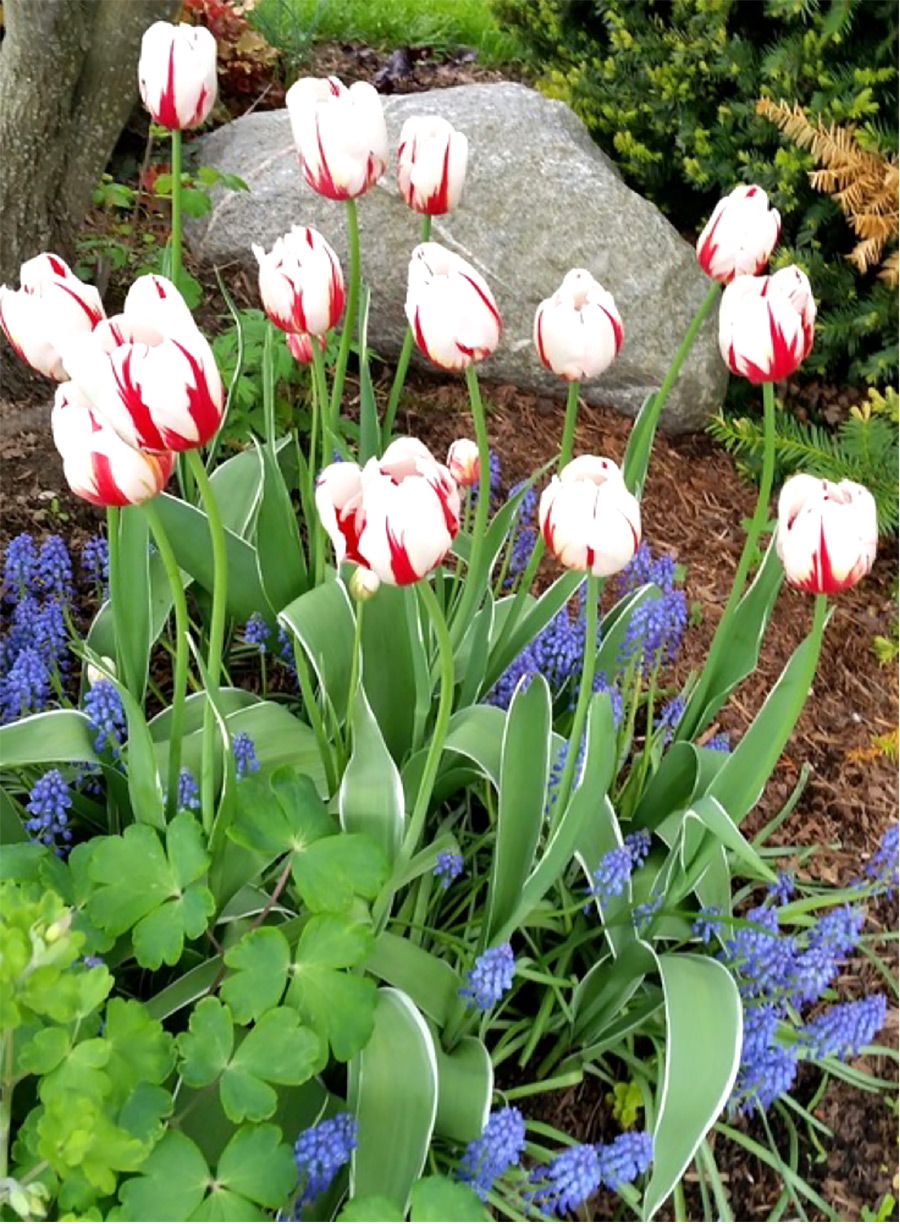WELLINGTON COUNTY – After going through a hot and steamy summer, it is time to think about your spring garden.
What do you want to see in your garden after a grey and cold winter? Add a splash of colour to your garden with spring flowering bulbs!
Bulbs are able to deal with the widely variable spring weather. Furthermore, spring bulb flowers provide food for the pollinators.
With a bit of planning, an assortment of spring bulbs can give your garden colour from early to late spring.
Early spring bulbs often bloom before the snow is totally gone. Snowdrops, crocus, dwarf iris, scilla and grape hyacinths are early blooming bulbs.
Early spring bulbs rarely grow taller than 10cm so are best planted near a path where you can enjoy them.
Hyacinths bloom after the crocus. They are flower laden spikes in colours ranging from white, pink and orange to red and purple. Hyacinths have amazing fragrance and should be planted where they can be appreciated.
Mid-spring brings the blooms of daffodils in shades of yellow, cream and orange. Daffodils come in several different forms: miniatures, trumpet, double cups and butterfly shaped. Some daffodils have wonderful scents. These cheerful bulbs will naturalise over time and squirrels leave them alone.
Tulips are the show stoppers of the spring garden.
White, yellow, orange, red, pink, purple and black are colours found in tulips. They come in single, double, multi flowered forms and the exotic looking parrot form.
There are striped tulips and tulips that change colours as the bloom matures. Every garden needs some flashy tulips.
Ornamental onions, aka Alliums, give height to a late spring garden. The most popular form of ornamental onion is “Globemaster” which has a large ball of small purple flowers on a metre tall stem.
Dramatic, they hover over your flowerbed.
Squirrels, chipmunks and other rodents love to move and eat bulbs.
This problem can be overcome by placing a piece of large holed screen such as hardware cloth over the surface of your planted clump of bulbs. Secure the screen with metal pegs or landscape pins.
Another way of discouraging squirrels and other rodents is to plant daffodils, scilla, fritillarias, hyacinths, and alliums. Rodents do not like these bulbs because of their smell and taste.
Spring bulbs are sold in the fall in mixes, bags and individually. Bulbs should be firm and free of mold. Larger sized bulbs are a better value in the long run as they have larger and sturdier flowers.
Locate bulbs in spots with good drainage and sun. Most bulbs look best planted in clumps of five to seven bulbs.
Clump plantings create a natural look, and can be put around shrubs and perennials in your garden.
Planting depth for bulbs varies with the size of bulbs being planted.
They need to be planted at a depth of about three times their size when measured from root end to tip.
Bulbs should be planted with the pointy end up.
When your bulbs are finished blooming, cut off the seed heads but allow foliage to die down. The foliage gathers and stores energy in the bulbs for next year’s bloom.
Leaves can be removed once they turn yellow and die back, but your bulbs, though all signs of them have disappeared, will be getting ready to burst forth again come spring.
By Donna Kahn, Guelph and Wellington Master Gardeners




